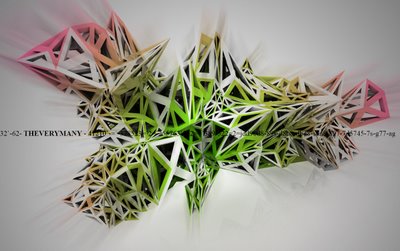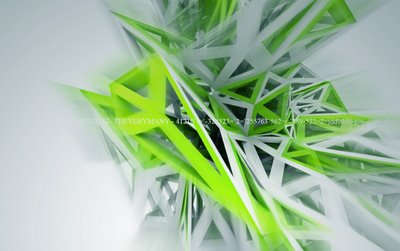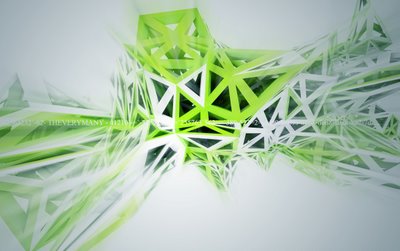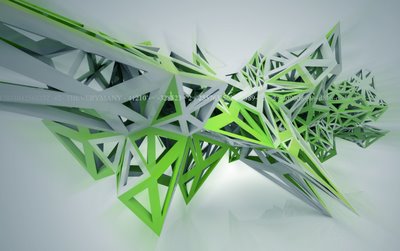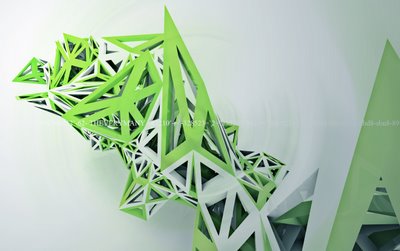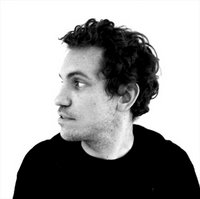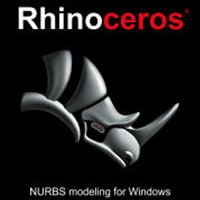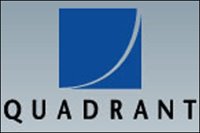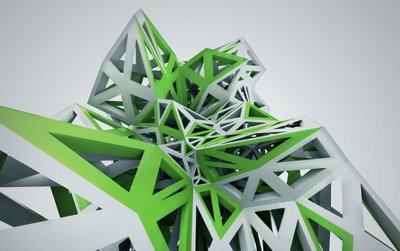
I recently happen to write few codes for Aurel Von Richtofen who is teaching a course/seminar based on rhinoscript at the Knowlton School Of Architecture (Ohio State University) like: select points within closed polygones, points relaxation/explosion, frame along the edge of polygons, etc...
Whenever I have here or there an hour to kill I often happen to re-read a previous code, clean it and often push it slightly further to render few frames - here are some random fast track results...
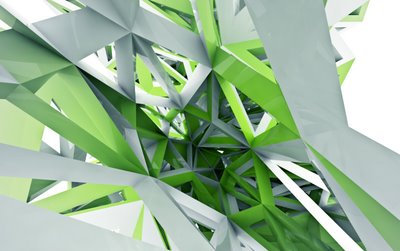
PROTOCOL (original version):
- for each closed polygons
- for each faces
- extract edges
- add polylines: array(edge start pt, end pt,face centroide)
- offset the curve (on face - toward the centroide)

Many "quick fix" upgrades are possible:
recursive subdivision according to face aera, membrure thickness according to edge length, etc...
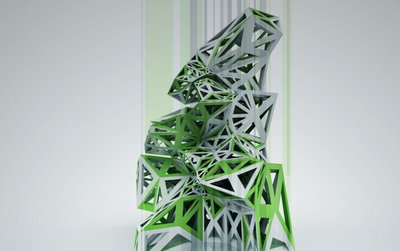
Labels: Knowlton School Of Architecture, polygons, rhinoscript, rhinoscripting, structure, theverymany
